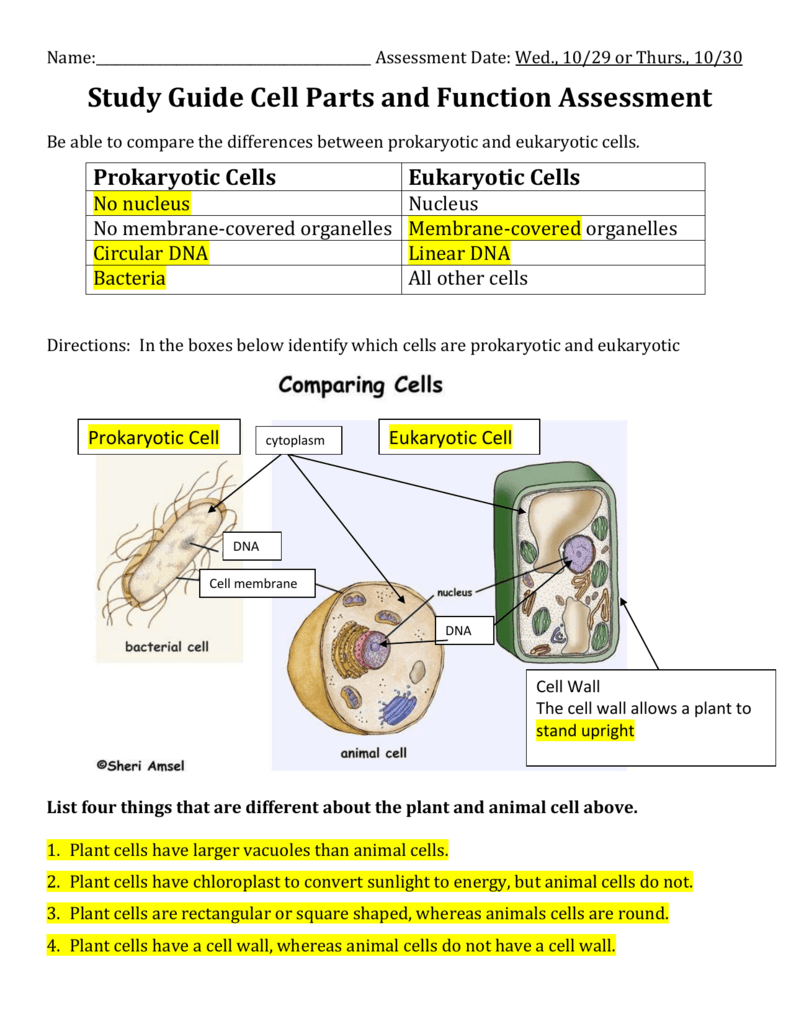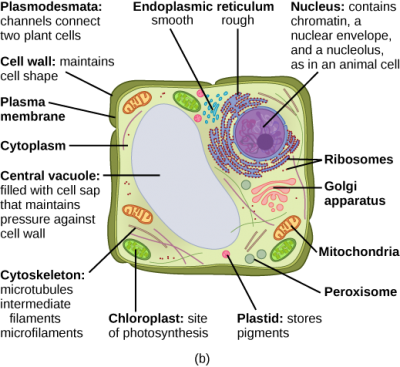Eukaryotic Cell Diagram Chloroplast, Plant Cells Chloroplasts Cell Walls Learn Science At Scitable
- The Structure Of The Chloroplast Principles Of Biology
- Diagram Of Eukaryotic Vs Prokaryotic Cell Prokaryotic Cell Cell Diagram Eukaryotic Cell
- Cell Structure Test Study Guide
- Eukaryotic Cell Defination Structure Types Examples Functions
- Plant And Animal Cell The First Group Draws A Plantcell Marks Names Download Scientific Diagram
- Plant Cell And Animal Cell Structure Comparison
- A Tour Of The Cell View As Single Page
- Eukaryote Structure Bioninja
- 3 3 Eukaryotic Cells Concepts Of Biology 1st Canadian Edition Molnar Class
- Plant Cell Anatomy Enchanted Learning
Find, Read, And Discover Eukaryotic Cell Diagram Chloroplast, Such Us:
- Plant Cell And Animal Cell Structure Cross Section And Anatomy Royalty Free Cliparts Vectors And Stock Illustration Image 150764334
- Plant Cell Structure Read Biology Ck 12 Foundation
- Plant Cell The Definitive Guide Biology Dictionary
- Eukaryotic Cells Boundless Biology
- Cell Structure Test Study Guide
If you re looking for Function Of Human Heart With Diagram you've come to the perfect place. We have 103 images about function of human heart with diagram including pictures, pictures, photos, wallpapers, and more. In these page, we additionally have number of graphics available. Such as png, jpg, animated gifs, pic art, logo, blackandwhite, transparent, etc.
The cell is the basic unit of life.
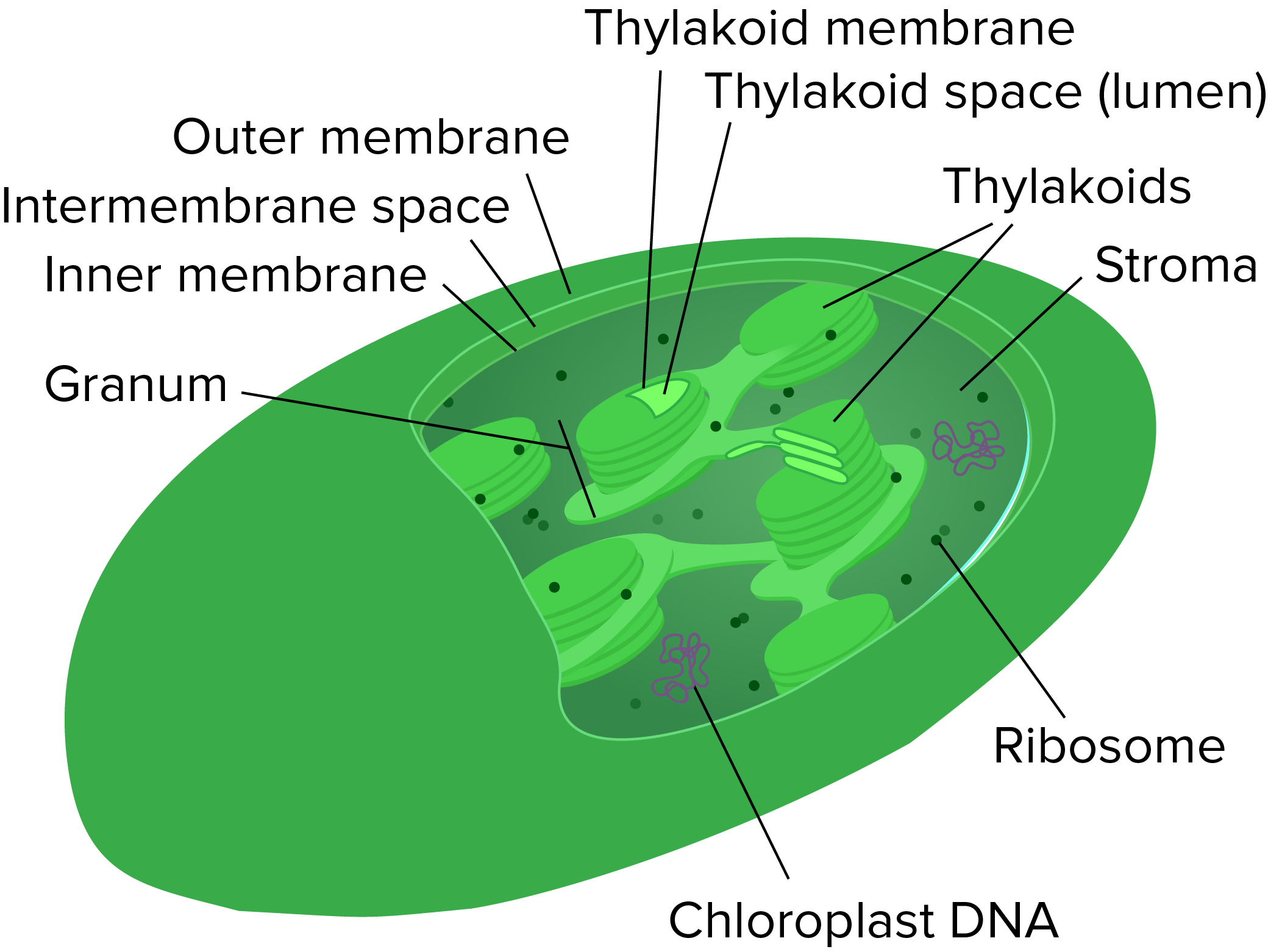
Function of human heart with diagram. The parts of a chloroplast such as the inner membrane outer membrane intermembrane space thylakoid membrane stroma and lamella can be clearly marked out. In plants choloroplasts occur in all green tissues. Chloroplasts visible in the cells of bryum capillare a type of moss structure of a typical higher plant chloroplast chloroplasts k l r e p l ae s t s p l s t s are organelles that conduct photosynthesis where the photosynthetic pigment chlorophyll captures the energy from sunlight converts it and stores it in the energy storage molecules atp and nadph while freeing.
It has a large vacuole which maintains the turgor pressure. The chloroplasts in plant cells are very similar to the mitochondria in other eukaryotic cells including in animals. Chloroplasts are a type of plastid distinguished by their green color the result of specialized chlorophyll pigments.
They are both closely linked to energy metabolism have their own dna a tightly wound central space with perpetually dynamic activity and they both likely evolved after being engulfed by a larger eukaryotic cells about a billion years ago. Those cells which possess an organised nucleus with a nuclear envelope. Chloroplast structure within the cells of plants and green algae that is the site of photosynthesis.
The cell wall is made up of cellulose which provides support to the plant. Based on the organization of their cellular structures all living cells can be divided into two groups. Prokaryotic cells on the other hand would look more uniform because they dont have those membrane bound structures to break up the cell.
Some of the important characteristics of eukaryotic cells are cytoskeletal structure membrane bound organelles organisation of genetic material into chromosomes. The plant cell contains chloroplast which aids in the process of photosynthesis. Present in plants and certain algae chloroplasts are a type of membrane bound plastids.
They harbor light harvesting pigments including chlorophyll and serve as the site for photosynthesis as well as some reactions of photorespiration. If you looked at eukaryotic cells under a microscope youd see distinct structures of all shapes and sizes. Only bacteria have prokaryotic cell types.
The examples of eukaryotic cells are mentioned below. The chloroplast diagram below represents the chloroplast structure mentioning the different parts of the chloroplast. The cell wall is made of chitin.
Eukaryotic cells also have organelles which are membrane bound structures found within the cell.
Function Of Human Heart With Diagram, Plant Cell Definition Structure Function Diagram Types
- The Cell Amoebamike
- A Tour Of The Cell View As Single Page
- Cell Chloroplast Stock Illustrations 419 Cell Chloroplast Stock Illustrations Vectors Clipart Dreamstime
Function Of Human Heart With Diagram,
- Chloroplast Function Location Diagram Britannica
- Eukaryotic Cell Structure Sciencetopia
- Cell Structure Gcse Biology Combined Science Edexcel Revision Study Rocket
Function Of Human Heart With Diagram, Chloroplast Function Location Diagram Britannica
- 2 3 Eukaryote Questions Answered
- Topic 1 2 Ultra Structure Of Cells Amazing World Of Science With Mr Green
- 1 Cell Structure National 5 Biology
More From Function Of Human Heart With Diagram
- 2 Way Switch Wiring Diagram Power At Light
- Molecular Orbital Diagram For Carbon
- Photosynthesis And Respiration In Plants Diagram
- Energy Level Diagram Of N2 Molecule
- Reaction Coordinate Diagram
Incoming Search Terms:
- Eukaryotic Cells Learn Science At Scitable Reaction Coordinate Diagram,
- Plant Cell Anatomy Enchanted Learning Reaction Coordinate Diagram,
- Biology Notes For A Level 4 Cell Structure And Function Reaction Coordinate Diagram,
- Biology Diagram Show Structure Of Animal And Plant Cell Stock Illustration Download Image Now Istock Reaction Coordinate Diagram,
- Http Www Hanoverarea Org Teacherweb Jnealon Nealon Cp 7 Files Brgt3072 Pdf Reaction Coordinate Diagram,
- Chloroplast Wikipedia Reaction Coordinate Diagram,
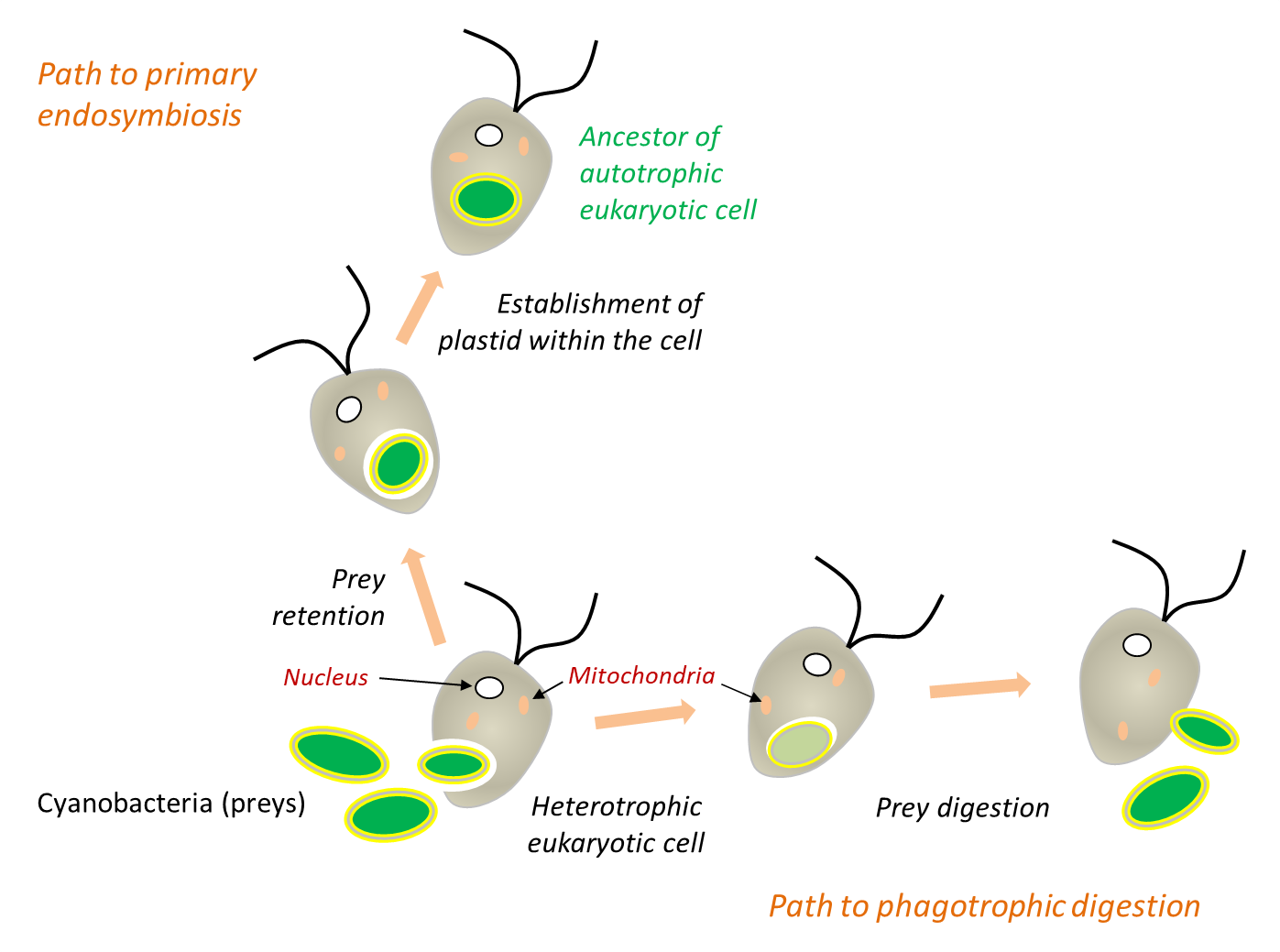
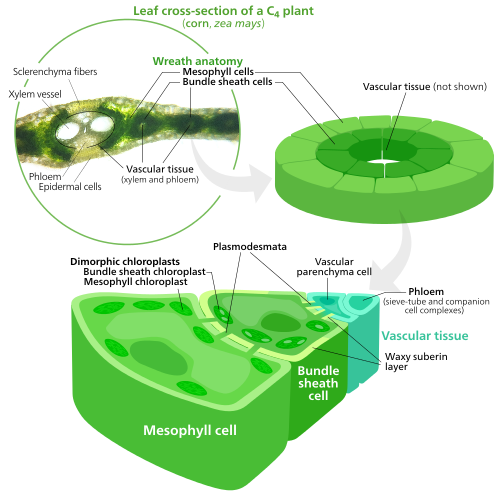
/2000px-Celltypes.svg-58f4417b3df78cd3fcb40917.png)


